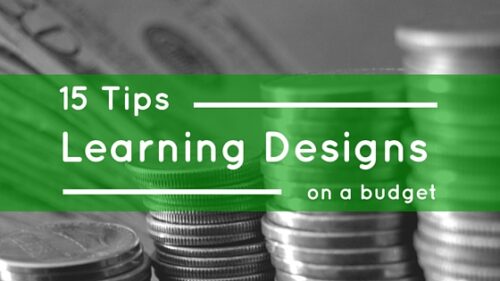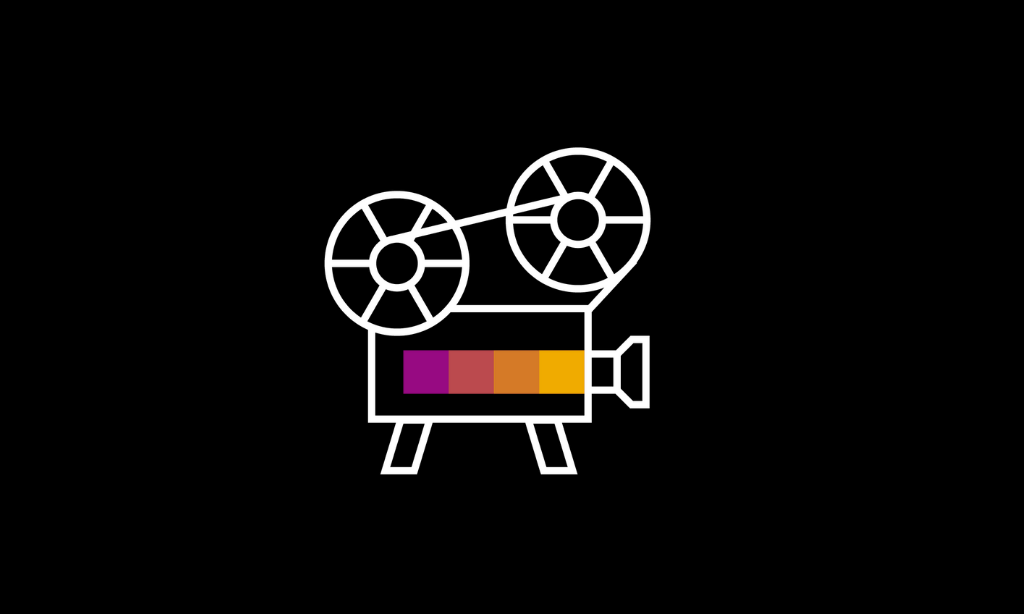15 Serious Tips for Serious Learning Designs on a Budget
The strong result being seen in eLearning is that our designs are not reflecting what’s known about good eLearning. This is problematic to the extent that several esteemed colleagues joined me in scribing a creed about what eLearning could, and should, be: the Serious eLearning Manifesto. In it, we pointed to eight values that differentiate between ordinary eLearning and serious eLearning. These values are the cornerstone challenges to be faced.
- Performance-focused: the learner is focused on being able to do something they can’t know
- Meaningful to Learners: learners viscerally get why this is important
- Engagement-driven: the learning is an experience, addressing the emotions too
- Authentic Contexts: learners perform in a context, not abstractly
- Realistic Decisions: learners are asked to make choices like the ones they’ll make after
- Individualized Challenges: learner feedback depends on their choices (at a minimum)
- Spaced Practice: there are repeated opportunities distributed over time
- Real-world Consequences: the feedback from the choices reflects real outcomes
While these items are desirable, it takes a design process that can systematically unearth the needed elements and put them together in ways that yield these outcomes. This process needs to start with obtaining the necessary objectives (in this case, assuming a course has been identified as an appropriate solution, after performance consulting has determined that the need is around cognitive skills). From there, it takes systematicity and creativity to develop a learning experience that successfully integrates learning effectiveness and learner engagement. How can that be done?
One reliable problem that presents itself for those who believe in our vision is being practical in the implementation. How do we make changes on a shoestring? The question is twofold:
- what does it take?
- can it be done in a feasible process?
My firm belief is that it can be done, and moreover it can be done with only a marginal overhead from what most firms are doing now. It’s not so much changing the practice as it is about finding the inflection points where doing a few things differently can dramatically improve the outcomes.
To consider how we address these, we need to characterize the typical design process. As a rough template, let’s suggest that the steps include:
- getting materials (PDFs, PPTs) from a Subject Matter Expert (SME)
- interviewing SME(s)
- identifying objective(s)
- determining an outline
- developing a pedagogical approach
- storyboarding a solution
- handing off to development
What I want to suggest is that there are several places where small, but important, changes can have a big effect on the quality of the outcome. First, changes in the way of working with the SME will have a big impact. Second, tapping into the power of people can help address creativity. Third, making some changes in our tools will help ensure that all the elements are deeply considered. These changes take time initially, but ultimately become part of an efficient, and now effective, process.
Working with SMEs
Let’s start with the SME and the process of getting the right objectives. Too often, we are forced to accept what the SME tells us. This is problematic, as research shows that SMEs don’t have conscious access to about 70% of what they do (the way our brains work is to ‘compile away’ those processes below awareness). As a consequence, they often resort to either stories about what they do (that are largely inaccurate) or the knowledge that is relevant. We need a technique to get around this.
If, instead, we focus on decisions – asking “what decisions do learners need to be able to make that they can’t now” – we have a better chance of identifying the most important elements for learners. As they resort to knowledge, you likely will need to keep bringing the conversation back to ‘what decisions?’.
We can preempt this process a bit. If we peruse the materials that precede the SME conversation (or ask for them in advance), we can do our best to anticipate the types of decisions likely to be involved. By presenting SMEs with decisions to critique, you likely will find it easier to get the results you need, as it’s easier to critique than create.
It works even better, of course, if you can triangulate the types of decisions needed. Talking to stakeholders (like the managers of the performers being developed) to find out the types of mistakes that are made will help identify the key areas to focus on. More than one SME can be valuable too, particularly if you can work with them together as a check on one another, as long as you can keep them focused on decisions.
You also want to extract stories of great wins and losses. Ideally, the SME’s own experiences, but even legendary ones from the field can serve to help identify critical issues. You’ll also get contexts and consequences from these stories. Likewise, try to find out what makes this area interesting for them. They’ve spent years becoming that expert, so what keeps their interest. If you can capture that, it can help enlighten your ‘hook’ for the experience.
The point in all the above is to ensure you have the right objectives to focus on. It’s too easy to get ‘knowledge’ objectives that won’t lead to any new ability to do. Working with the SME in this way keeps a performance focus, and focused on real decisions in real contexts with real consequences, and gives us some ideas for making it meaningful. The goal is to move from a content presentation to a learning experience.
Getting Creative
Creating an experience is an important point, and one that should not be done on one’s own. Reliably, better outcomes come from tapping into the power of people. At the point where the objectives have been set and it’s time to consider an outline and a pedagogical approach, it’s time to collaborate. While, ideally, you would have a team of two (or more) working together throughout (ala agile design), practically you’re not likely to. However, after working with the SME (and documenting the outcomes), it’s time to get together and get loose.
We know that the team should be diverse. Getting a graphic designer and a developer involved at this point is a good start. A UI person and/or a media person (read: video, animator, …) would be great. The point is to have relevant mix of backgrounds and skills.
This design exercise isn’t intended to take long. The goal is to circulate the objectives to the team, ensure they’ve had time to come up with their own ideas (even to the point of ensuring they’ve submitted some ideas), and then come together to share ideas. Another process element from what’s known about working well together is to diverge before converging, delaying evaluation of ideas before working diligently to populate the space of possible solutions. An experienced team should be able to converge on an overall approach in short order.
The outcome should be a pedagogical choice and a theme or a story setting. You want to come up with an idea that all agree is both engaging and effective. The ID owns the outcome, to ensure the right objectives, but likely will come up with better outputs than having worked alone. Also document those funny ways to build upon the core idea that emerge.
Tools
The above is designed to create great learning experience designs, but several concrete support items will help ensure the design. Think about templates for capturing input (not the familiar window-dressing for courses that are tool-specific, but instead your document templates for design) that can help ensure you focus on the right things.
So, for instance, in working with the SME, you should have specific places to capture the core decisions, the misconceptions that reliably occur in those decisions, and the consequences. You want to ensure that you’re getting the outcomes you need, not the ones they want to give you.
You should also have some criteria about what makes the elements work – e.g. a set of guidelines for a good intro, concept, example, etc. – and bake these into your design tools for storyboards. Which could and should also include the elements of engagement: what’s the theme, what’s the drama or humor, what is the ‘hook’, and what are the unexpected bits that will maintain interest.
The same templates for content should also include the elements that are to be spaced. What’s in the initial presentation, and what carries over across time to reactive – reconceptualize, recontextualize, and re-apply – the content. This is easier to develop at the time. Note that these templates don’t preclude, nor should they, having checklists to also help you follow the steps, but that’s more about execution than design.
The goal is to provide scaffolding to support designing courses that embody what’s known about effective and engaging learning. Yes, it takes some time to revise your tools and processes, but the additional overhead eventually will become marginal and you’ll have a defensible design. You should also tie this to performance metrics that you’re hoping to achieve and align it with those, iterating until you achieve, but that’s already been addressed.
You can get serious about learning, while still being serious about being practical as well. Isn’t it past time?






